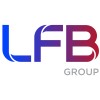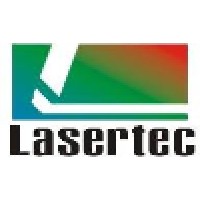
LFB GROUP
LFB Group (formerly Lennox EMEA) is a European leader in Refrigeration, HVAC, and Data Center Climate Solutions. With a legacy built on decades of expertise and a future driven by innovation, LFB Group delivers comprehensive and reliable climate control solutions across Europe. Through our trusted brands, Friga-Bohn and Lennox, we combine proven technologies, engineering excellence, and a strong commitment to sustainability. For more information, please visit: www.grouplfb.com






